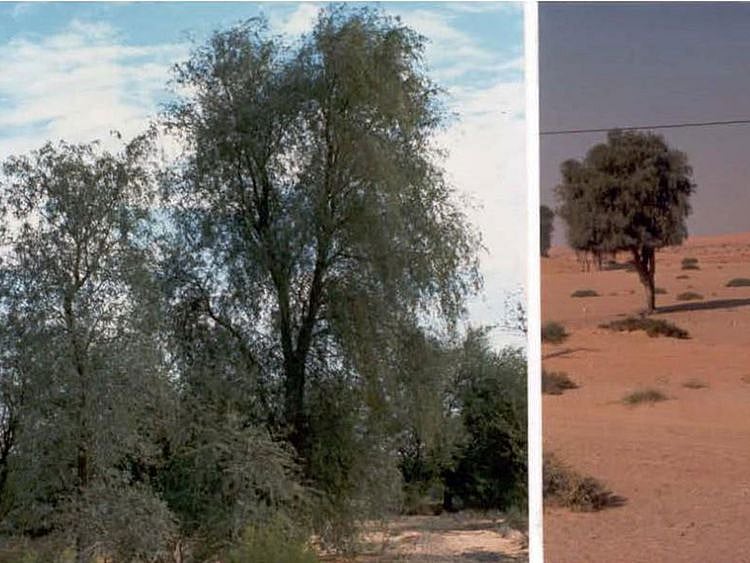UAE’s oldest and largest herbarium is being digitised - why it’s a big deal
Special app to define the plants of UAE to be launched

Also In This Package
Al Ain: The UAEU Herbarium, the oldest and largest herbarium in the country is being digitised. A specialised team which has undertaken the task is conducting a comprehensive survey of all samples in the herbarium in preparation for the launch of a special application to define the plants of the UAE.
Explaining the significance of this, Dr Khalid Al Amiri, Head of Department of Biology and Director of Khalifa Centre for Genetic Engineering and Biotechnology, said: “The UAEU herbarium is the first herbarium in the UAE and is registered in the Index Herbarium (NYBG) as the oldest and largest herbarium in the country. The herbarium covers 19,000 dried plant samples in their scientific names with information representing 630 species of wild plants in the UAE. It also includes 79 plant families, the largest of which is the Gramineae that contains 82 species, and the composite family that contains 53 species.”
He said the herbarium provides many services, the most important of which is the identification and classification of wild plants and weeds associated with agricultural crops. It provides researchers and students with information and data about wild plants in the UAE, including descriptions, locations, densities, flowering and fruiting periods. “Besides, the faculty members can use the Herbarium to give lectures to students in the field of plant taxonomy and flora, train students on preparing, defining and classifying plant samples, dissect different plant parts, and conduct scientific trips with researchers and students to collect plant and wild samples.”
The herbarium includes a large group of dried plant samples that vary greatly in economic importance, some of which are used pastorally to feed animals (Chloris, Cynodon, Acalypha Hispida, Panicum, Aster) and be used as food or medicine for humans.
The herbarium released a book - Flora of the United Arab Emirates - in 2007. The book, which includes two parts, presents an extensive study on the classification of wild plants and weeds associated with agricultural crops. The book is considered a guide to identifying about 630 species whose existence has been recorded within the country.
The book is a scientific botanical encyclopedia. The first part includes a complete description of about 250 plants under 40 plant families, in addition to featuring more than 100 colour pictures and 184 illustrations of plants. The second part contains a complete description of 350 plants under 39 families with 123 pictures and 199 illustrations.
Sign up for the Daily Briefing
Get the latest news and updates straight to your inbox
Network Links
GN StoreDownload our app
© Al Nisr Publishing LLC 2025. All rights reserved.